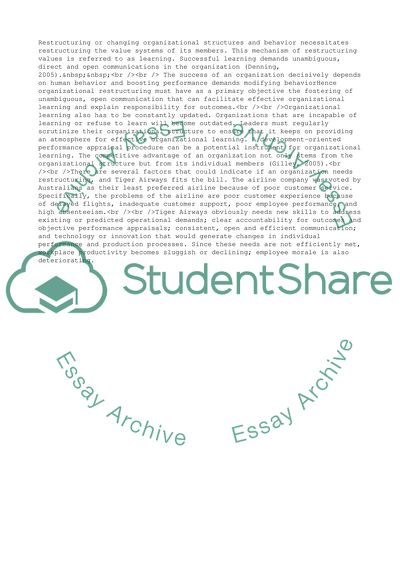Cite this document
(Organizational Restructuring: Tiger Airways Case Study, n.d.)
Organizational Restructuring: Tiger Airways Case Study. https://studentshare.org/business/1727339-reflection-on-restructuring-organisations-presentation
Organizational Restructuring: Tiger Airways Case Study. https://studentshare.org/business/1727339-reflection-on-restructuring-organisations-presentation
(Organizational Restructuring: Tiger Airways Case Study)
Organizational Restructuring: Tiger Airways Case Study. https://studentshare.org/business/1727339-reflection-on-restructuring-organisations-presentation.
Organizational Restructuring: Tiger Airways Case Study. https://studentshare.org/business/1727339-reflection-on-restructuring-organisations-presentation.
“Organizational Restructuring: Tiger Airways Case Study”. https://studentshare.org/business/1727339-reflection-on-restructuring-organisations-presentation.


